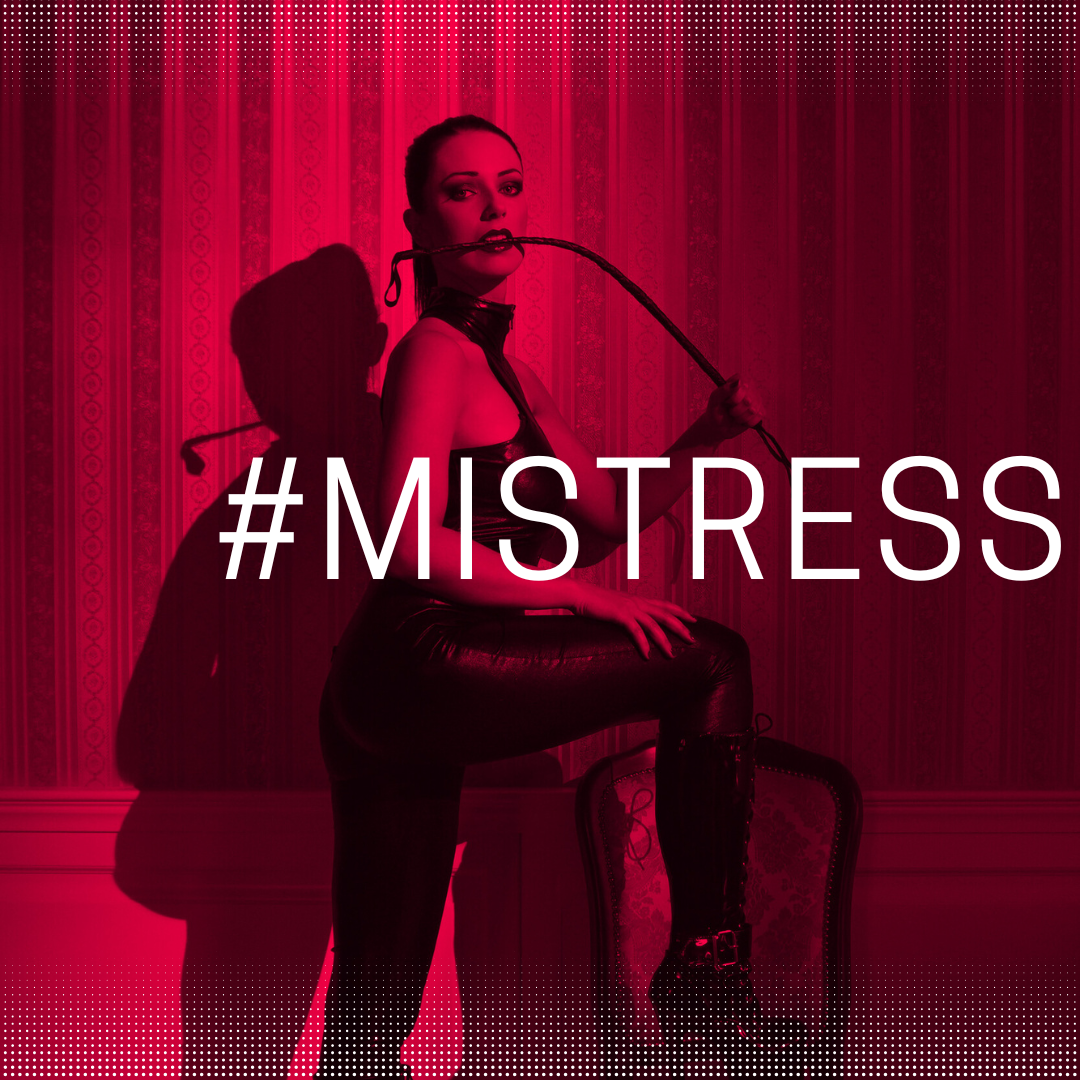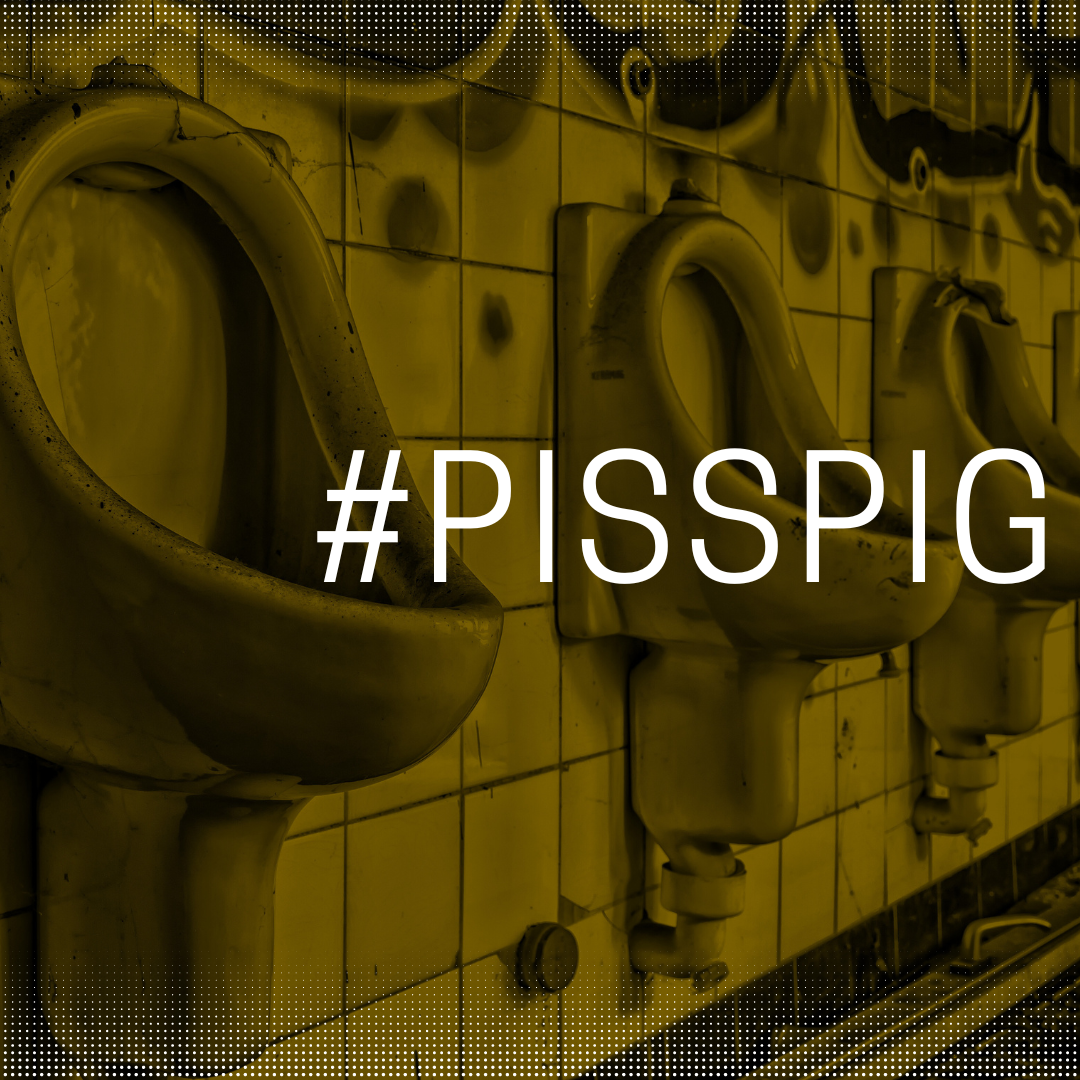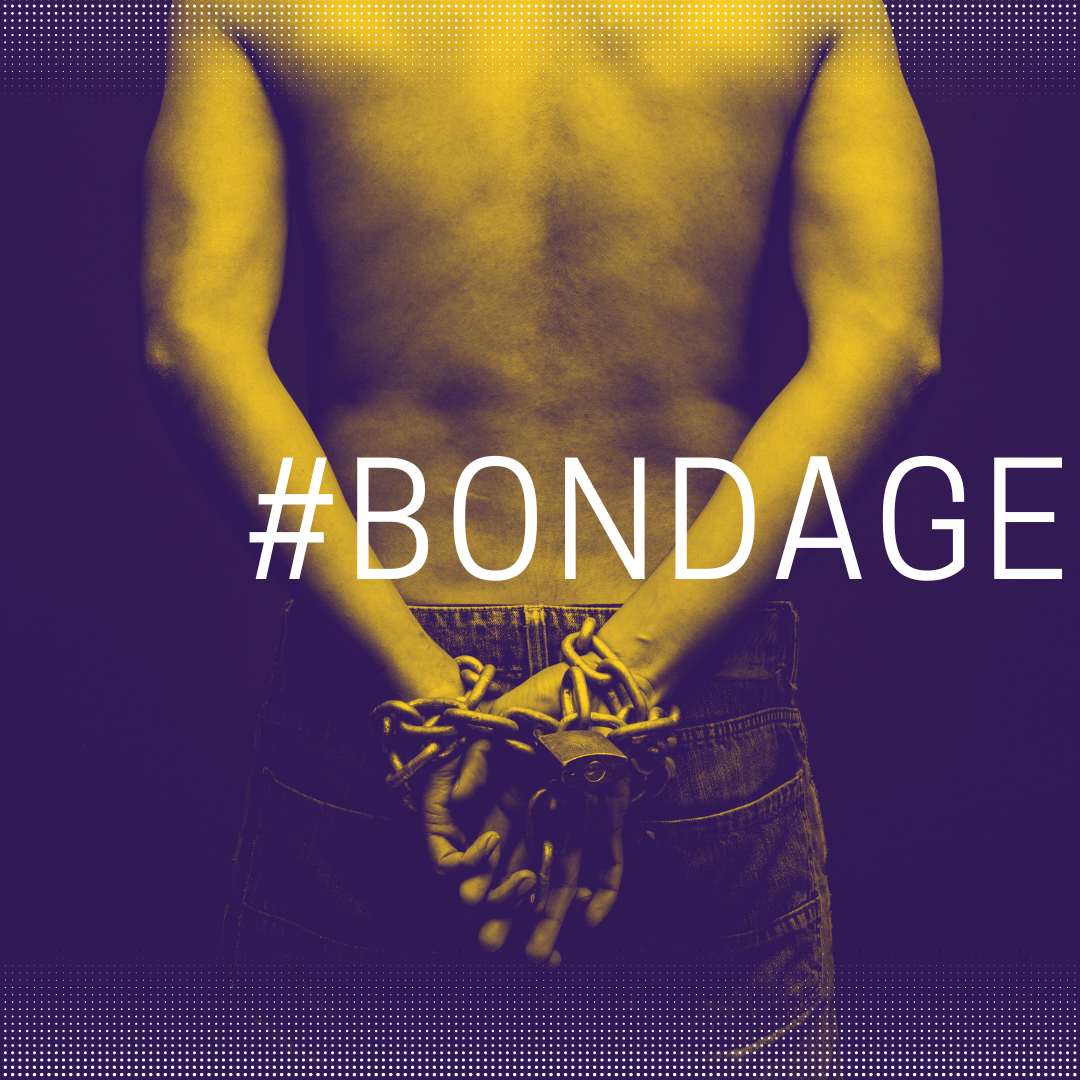Understanding the Psychology and Pleasure Behind the Bondage Fetish
Bondage, as a sexual fetish, refers to the consensual act of being physically restrained or restraining another person for erotic stimulation. It falls under the broader umbrella of BDSM (Bondage, Discipline, Dominance, Submission, Sadism, and Masochism). While often misunderstood or sensationalised, bondage can be a deeply meaningful and pleasurable experience for those who engage in it.
The Psychology Behind Bondage
At the core of the bondage fetish is control and surrender. Many people derive psychological satisfaction from either relinquishing control or assuming it in a safe and consensual space. This dynamic taps into fundamental human emotions and instincts.
1. The Allure of Control and Vulnerability
Being bound physically can lead to a powerful psychological state of vulnerability and surrender. For many, this creates a feeling of release — a temporary escape from everyday responsibilities, decisions, or emotional burdens.
On the flip side, the person doing the restraining may find pleasure in the sense of responsibility, trust, and power, which can be both arousing and emotionally intimate.
2. Endorphins and Adrenaline
The act of bondage can stimulate the release of endorphins, the body's natural "feel-good" chemicals. The physical sensation of restriction, combined with anticipation and heightened focus, can trigger an adrenaline rush similar to that experienced during intense exercise or thrill-seeking activities.
This chemical cocktail enhances arousal, making the experience feel more intense and pleasurable.
3. Trust and Intimacy
Contrary to popular misconception, bondage is often rooted in deep trust and communication between partners. To tie someone up — or to be tied — requires negotiation, respect, and emotional safety. This dynamic can foster a unique and profound sense of intimacy.
In fact, many people who engage in bondage report that the aftercare (emotional support following a scene) is just as important as the act itself. It reaffirms connection and nurtures emotional bonding.
The Joy and Fulfilment of Bondage
For many, bondage is not just about the physical act but the ritual, mindset, and sensory experience it offers.
-
Ritual and anticipation: The act of preparing ropes or restraints can build a sense of ceremony and intentionality, making the experience feel sacred or transformative.
-
Sensory focus: When movement is restricted, other senses can become heightened. A brush of skin, a whispered command, or the sound of breath can take on amplified significance.
-
Creative expression: For some, rope bondage (shibari or kinbaku) is a form of art, allowing for aesthetic and emotional expression through patterns, textures, and body positioning.
Is It Healthy?
When practised consensually and safely, bondage can be a healthy and enriching part of adult sexuality. It allows for self-exploration, play, emotional connection, and stress release. Like any fetish, it becomes unhealthy only when practiced non-consensually, compulsively, or in a way that causes harm.
Conclusion
The bondage fetish is far more than rope and restraints — it is a gateway to understanding the complexities of human desire, emotion, and connection. By exploring bondage with curiosity, consent, and open communication, individuals and couples can discover not only erotic satisfaction but deeper levels of trust and intimacy.









